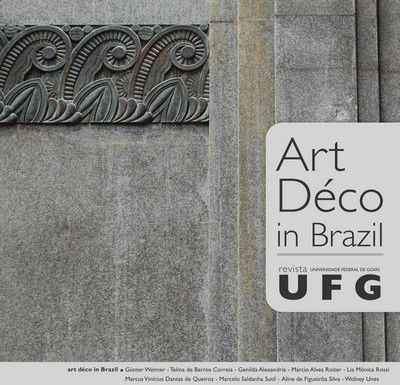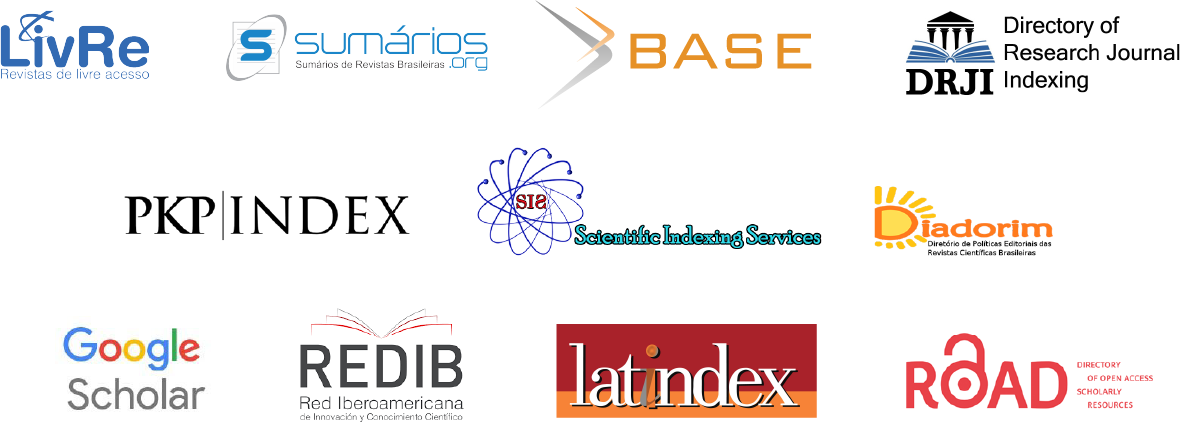Art Déco architecture in Brazil
Resumo
Nothing characterized the landscape of the majority of Brazilian towns and cities in the 1930s and 1940s more than Art Déco trends in architecture. The style then went on to establish itself as an expression of modernity which was accessible to different social classes. In larger buildings, the style became popular and spread throughout cities and towns. In architecture, Art Déco brings together both innovative aspects and links with the past. From Beaux-Arts architecture it takes its decorative aspects, expressed in a set of works characterized by the play of geometric shapes and/or façades with elements of an ornamental connotation. It also uses, and quite often at that, the BeauxArts method of composition, by adopting rules of symmetry, axiality and hierarchy in the distribution of the plan, in the organization of the façades and the arrangement of the geometric elements, expressed, among other things, in the emphasis given to the main entrance and the division of the façade into base, body and crown. It also uses simplified versions of elements of classical style, such as columns, oculi, pediments, capitals, pilasters and parapets. The innovative aspect of Art Déco lies in the frequent geometric simplification of its decorative elements and the diversification and updating of its sources of ornamental reference.Downloads
Downloads
Publicado
Como Citar
Edição
Seção
Licença
A Revista UFG utiliza a licença Creative Commons CC-BY (4.0) - Atribuição 4.0 Internacional para periódicos de acesso aberto (Open Archives Initiative - OAI) como base para a transferência de direitos.
Os autores que publicam nesta revista concordam com os seguintes termos:
1) Os autores podem distribuir, remixar, adaptar e desenvolver sua obra, mesmo para fins comerciais, desde que dêem à UFG os devidos créditos pela criação original. Os autores podem copiar e redistribuir o material em qualquer meio ou formato.
2) Os autores são autorizados e incentivados a publicar e distribuir seu trabalho online (por exemplo, em repositórios institucionais ou em sua página pessoal) em qualquer momento antes ou durante o processo editorial, desde que seja feita referência ao local de origem da publicação, ou seja , endereço eletrônico/referência da Revista UFG.
3) Os autores dos trabalhos publicados na Revista UFG são expressamente responsáveis por seu conteúdo.
4) Todos os trabalhos submetidos à Revista UFG que possuam imagens, fotografias, figuras em seu corpo devem vir acompanhados de termo de cessão de direitos autorais do autor, do participante da imagem e, no caso de crianças, dos familiares das crianças expostas, com seus dados e assinatura.
Acesse o documento TERMO DE AUTORIZAÇÃO DE USO DE IMAGEM aqui.










